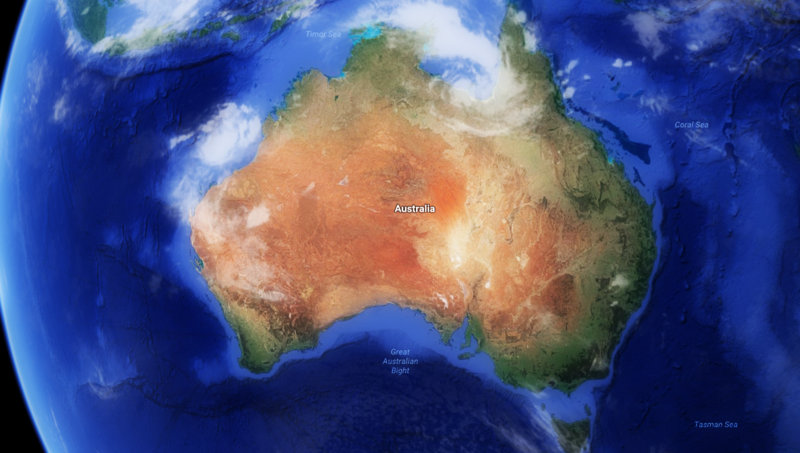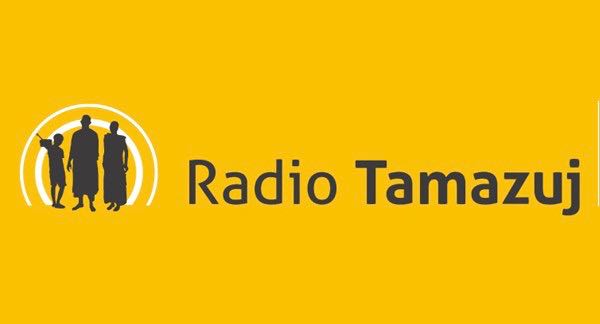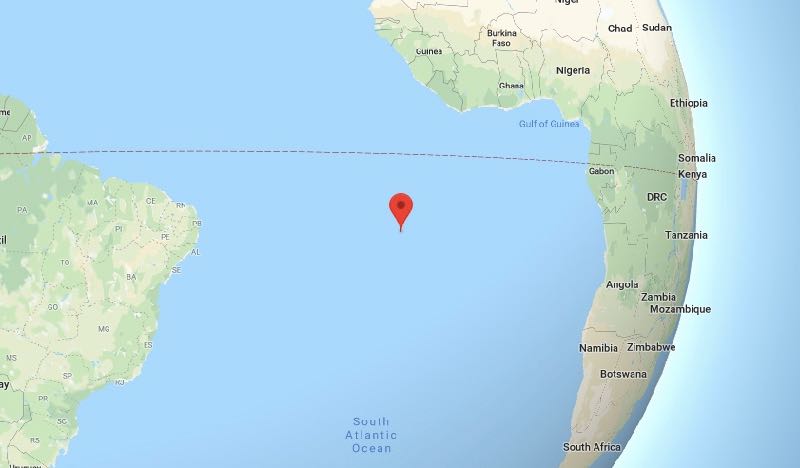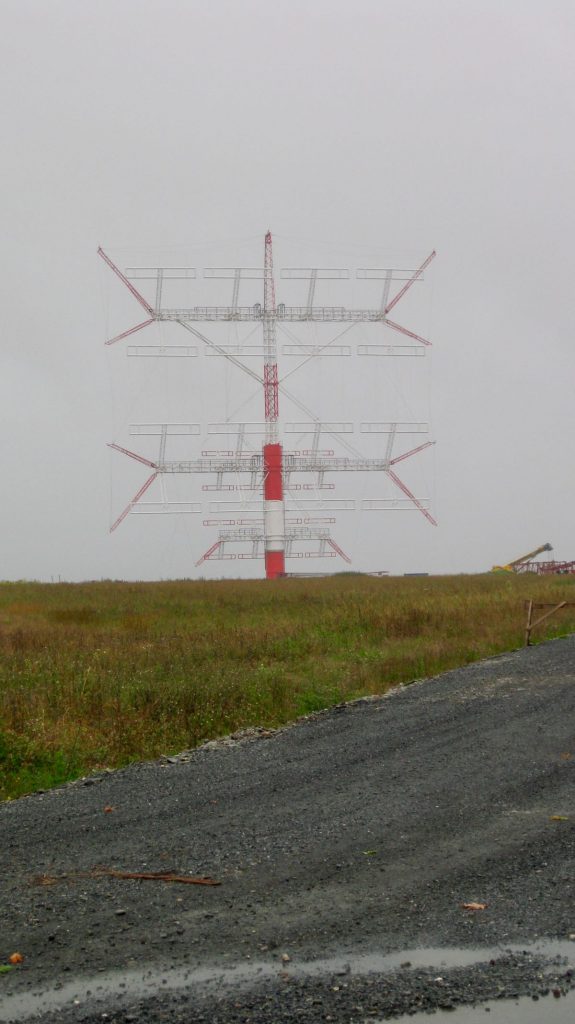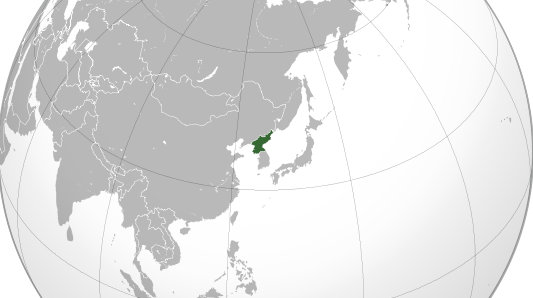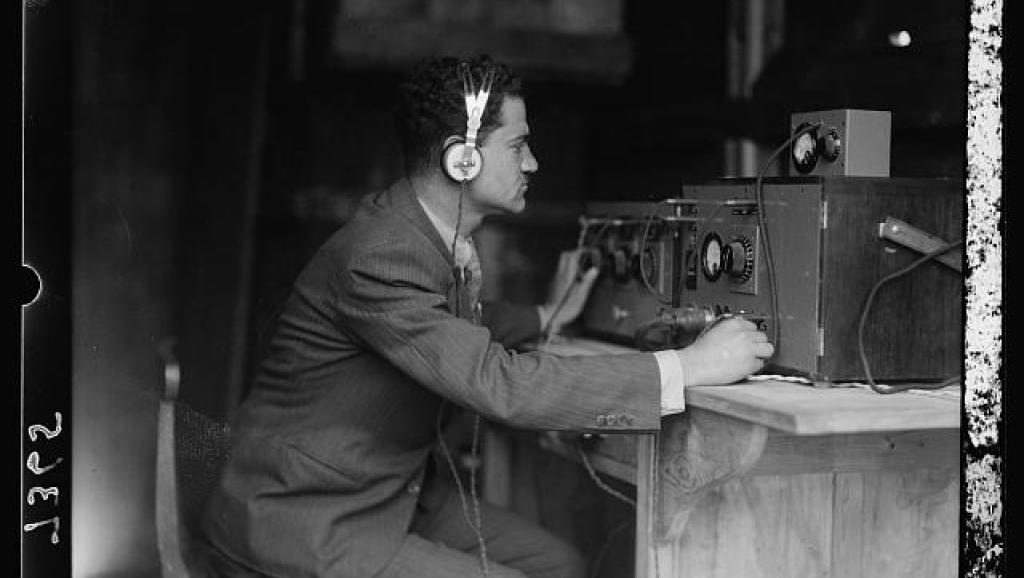
Radio engineer Moshe Rubin transmits the special broadcast during the opening of the Palestine Broadcasting Service, Ramallah, March 30, 1936. Source: Library of Congress Prints and Photographs Division Washington, via RFI
Many thanks to SWLing Post contributor, Alan Roe, who writes:
There is an interesting article/podcast by R France Int
entitled “The power of radio during British-mandated Palestine”.“On 30 March 1936, the British High Commissioner of Palestine, Arthur
Wauchope, inaugurated the Palestinian Broadcasting Service, the PBS. It
was the second broadcaster to be established in the Middle East, after
Radio Cairo in 1934, and featured programmes in Arabic, Hebrew and English.It covered the region of Palestine, Jordan, Syria and Lebanon, as well
as parts of Egypt. The new transmitter was in Ramallah and the
broadcasting offices were in Jerusalem.”Full article and pictures at:
http://en.rfi.fr/middle-east/20190329-power-radio-during-british-mandated-palestine
Fascinating! Thank you for sharing this with us, Alan!

